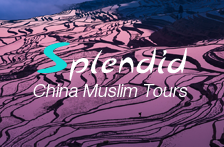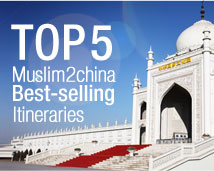
It covers an area of 2,837 square kilometers (1,095.4 square miles), and its five main peaks, positioned east, south, west, north, and in the middle, embrace one another with broad and plain terraces rather than forests on their tops. That is why it bears the name "Wutai Shan" (Mountain of Five Terraces). The North peak, namely Beitai Ding or Yedou Feng, is the highest (3.061 m), and indeed the highest point in northern China. With the average altitude over 1,000 meters (over 3,281 feet), its apex, the summit of the northern peak which is famed as being the "Roof of Northern China", reaches 3061.1 meters (10,043 feet). It is as famous as Mt.Emei in Sichuan Province, Mt.Putuo in Zhejiang Province, and Mt.Jiuhua in Anhui Province, all of which are renowned as the four sacred Buddhist Mountains.
The site is home to many of China's most important monasteries and temples. Mount Wutai host over 53 sacred monasteries, and they were inscribed as a UNESCO World Heritage Site in 2009. It is said that this mountain is the dwelling place of Manjusri Bodhisattva. 360 temples were built here in the Tang Dynasty but regretly, now only 47 of them exist.

Over the years, incalculable numbers of pilgrims and visitors have come here. Among these magnificent temples, five are the most famous: Xiantong Temple, TayuanTemple, Manjusri Temple (Summit Bodhisattva), Shuxiang Temple, and Luohou Temple. Since many temples are interspersed in the mountain, numerous art works were cared for and have been preserved as relics-sculptures, murals, calligraphy, as well as architecture. Pagodas built in the style of those in ancient India added new types to traditional ones. Nancshan Temple and Foguang Temple, built in the Tang Dynasty, are representatives of the ancient wooden style of construction, and have the longest history among the temples in the mountain.

Besides the religious aspect, the beauty of rising and falling ridges of mountains, exotic rocks, crisscrossed gullies, crystalline waters and towering green forests also gives the mountain its reputation as a colorful and notable scenic resort. The beautiful scenery here is a masterpiece of exquisite acts of nature, predominantly visible over the five main peaks: Wanghai Peak in the east, Guayue Peak in the west, Jinxiu Peak in the south, Yedou Peak in the north, and the central Cuiyan Peak.
It is a popular pilgrimage destination for Buddhists, who regard it as the domain of the Bodhisattva Manjusri - an emanation of wisdom. But it’s also an ideal place for sightseeing as it owns featuring scenery. If you are planning on a quiet and sincere vacation, take Mount Wutai into consideration.







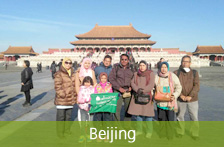

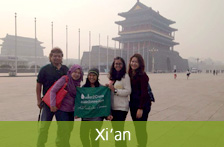


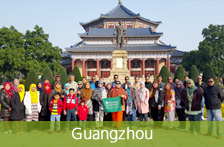
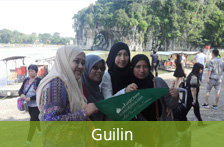

.jpg)





